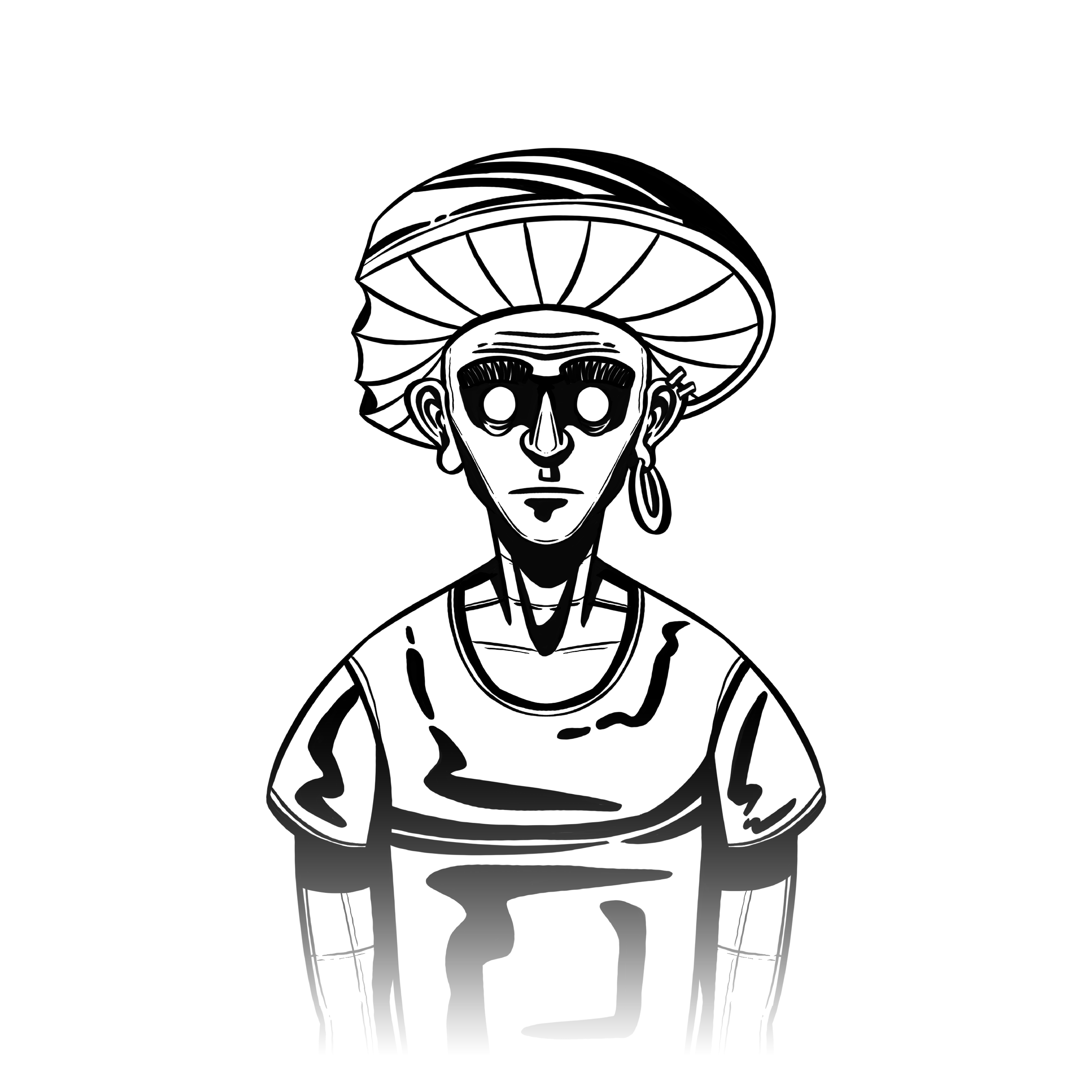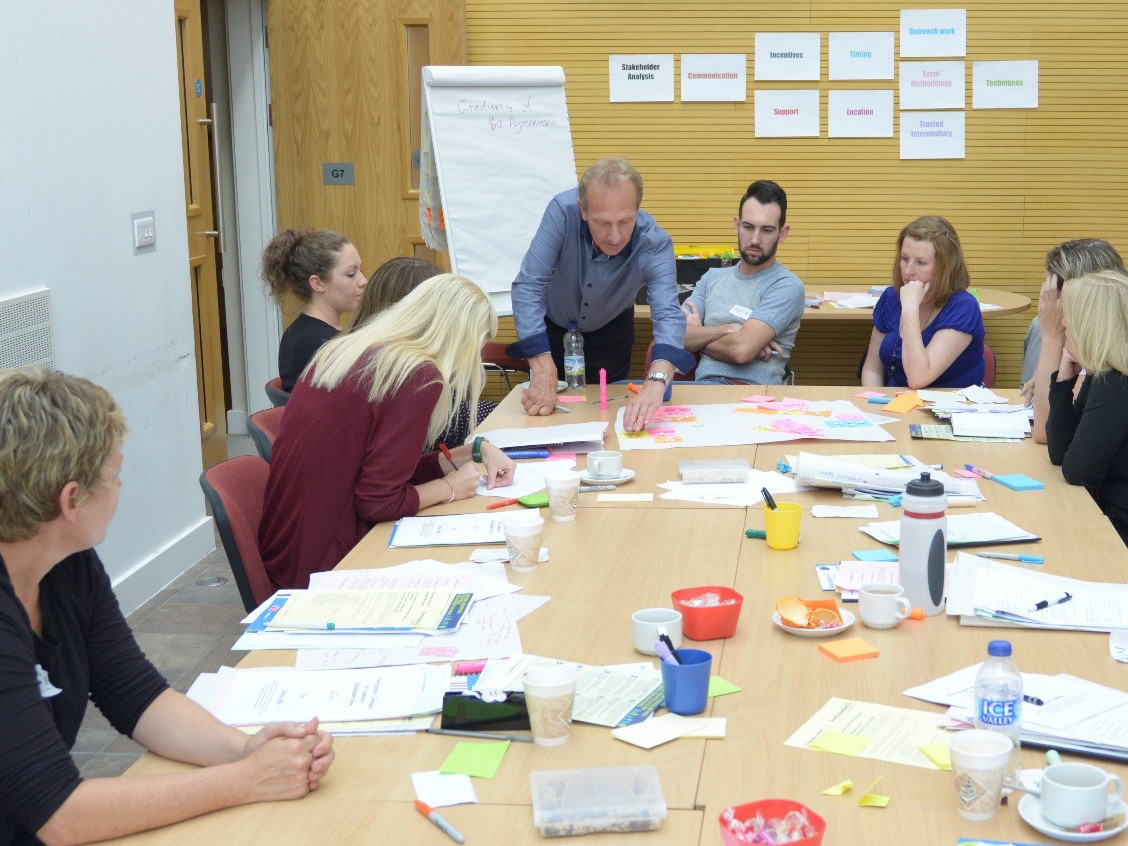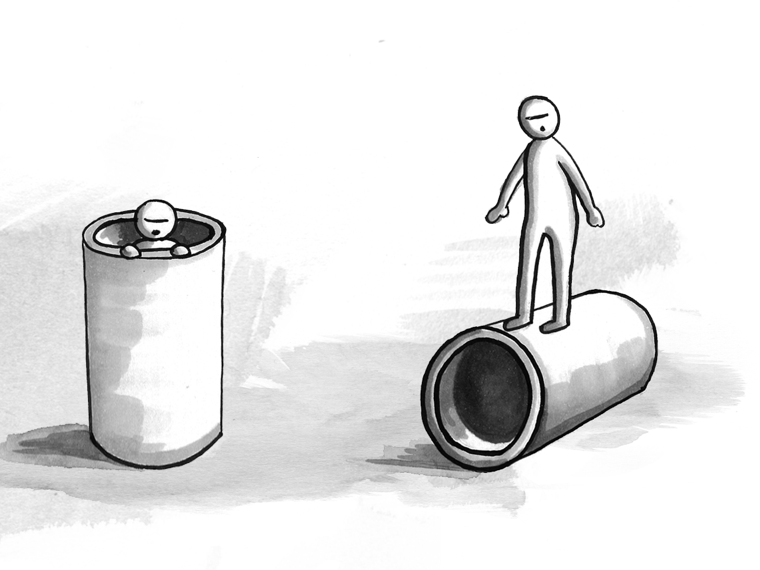THE QUESTIONS
Tinkering is a way to generate knowledge. What kind of knowledge results from a tinkering process in your experience?
Tinkering inherently generates some practical or experiential knowledge, since you learn by doing and interacting with materials. Additionally, through tinkering with other people, you can learn a lot about not only their expertise, but also the person. Lastly, tinkering hopefully leads to some new knowledge or insights on the provided challenge.
Tinkering with classical materials like clay, paper, colour, textiles is more related to craft. How does tinkering work with digital and electronic media?
Tinkering with digital and electronic media requires a certain comfort or skill with the given media in order to effectively tinker. On flip-side of that is the high ceiling or level of complexity that is often possible with these technologies.
I do feel like this digital "inside the box" environment might not stimulate unexpected outcomes as much as more classical materials.
One basic characteristic of science is reproducibility. Is that possible with tinkering? Or do we want that at all?
I think a large component of tinkering is the unexpectedness of the outcome. An outcome cant be unexpected twice, so I suppose by that definition tinkering is not reproducible, nor should it be.
Design practice changed during the past years, from long design phases to short, iterative processes, due to the availability of new prototyping technologies. Is this iterative process of prototyping qualitatively different from the cycles we do in tinkering?
The two are close, but a big difference might be the goal of the process. Design is usually focussed on a specific product outcome, using the iteration cycles to narrow down on the solution. Tinkering does not necessarily narrow down and keeps the goal much more open-ended.
Can a co-design session be described as a tinkering session as we treat it in our course?
I would say you could. If you consider collaboration part of tinkering, then the two are very similar in that participants are engaged in shared exploration and experimentation to build a solution or form a better understanding of a problem or challenge.
The choice of materials (seed, tools, scaffolding, facilitation) has an effect on the outcome, the knowledge and products made in a tinkering session. How can we use that in a co-design session? Can we really influence the kind of results here, and do we want that?
-
In “research through design” can tinkering fill in the design part?
Yes! I would argue that research through tinkering is entirely possible. If the research can be exploratory and open-ended, tinkering seems like a great tool for knowledge generation.
Are there design questions where tinkering is not a possible or useful approach?
I imagine in some very specialised contexts with high stakes, tinkering is not really a possibility, as iteration can be an expensive process this way.
Additionally, large scale systems such as infrastructure might not be so useful to tinker with as changes are difficult to implement and again, expensive.
Read Invent to Learn page 41. how to balance real-world (criticality) with the fruitful mindset of tinkering?
Cannot find the specific page in my copy, sorry :/
What is the critical impact your tinkering exercise could have? (on you, your design/engineering practice or problem, both positive and negative)
Some positive impacts of tinkering excersises might be:
1. Providing unexpected insights on a problem
2. Enjoying the problem solving process
3. Some hands-on learning
Some negative impacts of tinkering exercises are:
1. Pretty hard to think of.
2. Perhaps tinkering can take quite some time investment, and results are not that certain. This makes it a costly process.
What is the impact your session has regarding (more) stuff, ecological footprint and impact on our planet (i.e. how can you avoid that STEM workshops with waste material result in more waste material?)
Avoiding (especially certain types of) single use materials for tinkering is desired. Additionally, reusing or repurposing left-over materials for tinkering could be a great way to not only learn more sustainably, but also increase your chance of unexpected outcomes.



